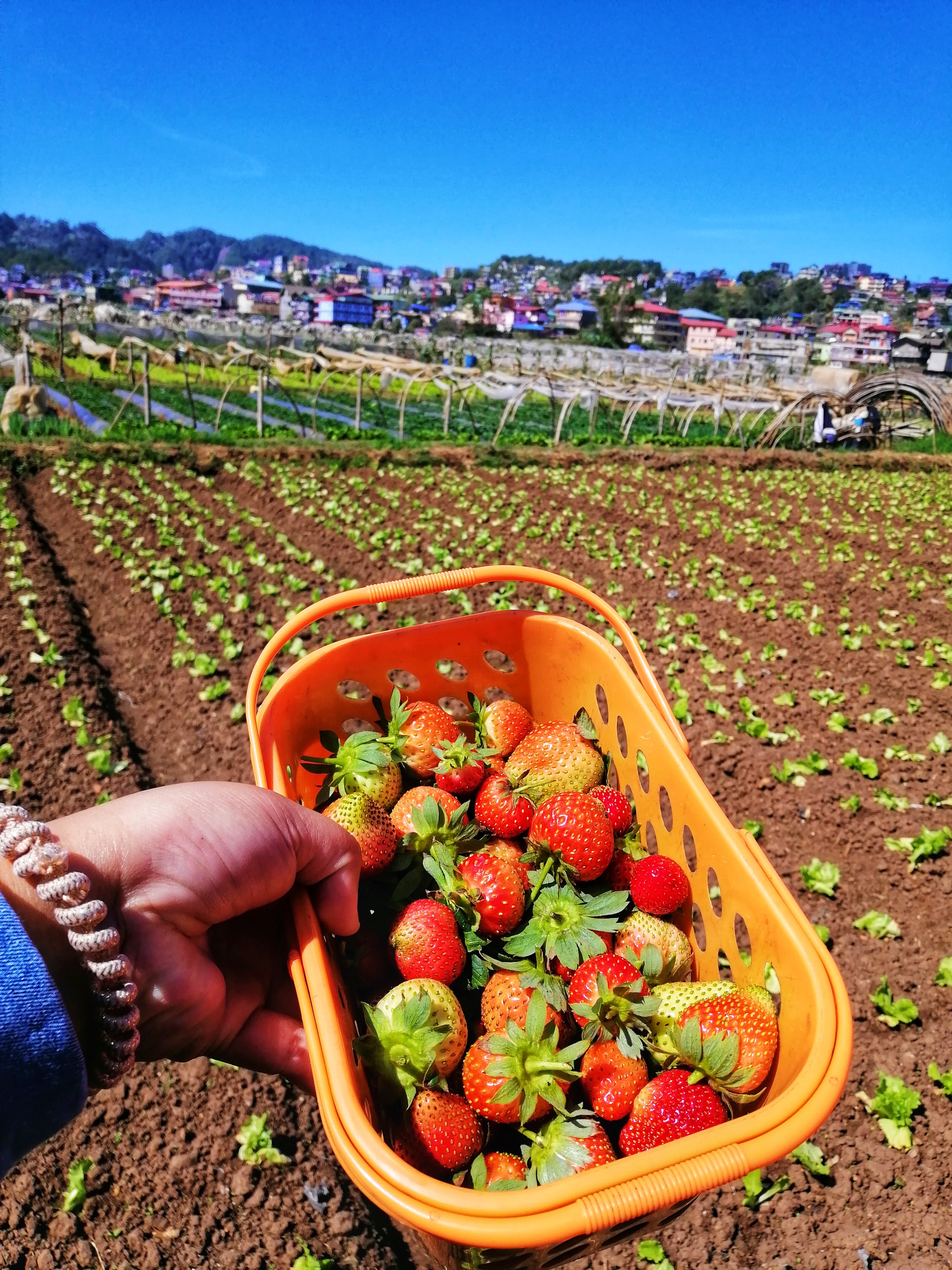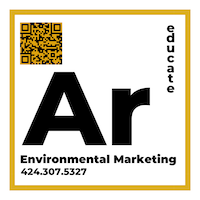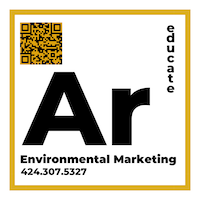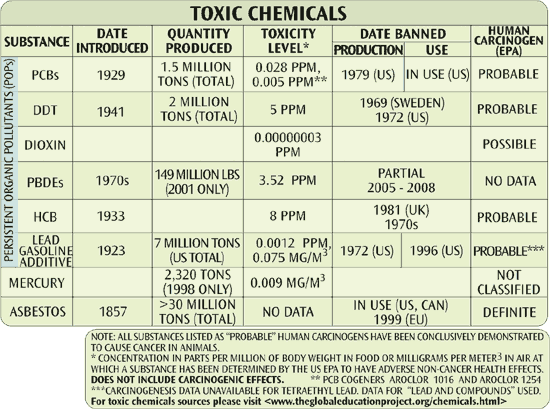Sustainability and environmental issues will simultaneously be highlighted and reconsidered as mankind deals with controlling the spread of COVID-19. There’s no doubt that health experts believe novel viruses will continue to be an issue as humans rapidly encroach on natural spaces and come into contact with infected animals. And while preserving biodiversity alone is reason enough to ban further encroachment, deadly uncontrollable pandemics should persuade us to pay further heed to constant deforestation. COVID-19 is an environmental issue turned health pandemic, and the entire environmental sector as a whole will be affected by it one way or another. One guarantee of COVID-19 is that many people are home and considering how environmental effects have drastically changed modern human life in one split instance.
 We’ve selected some of the top COVID-19 stories that address some serious concerns in the Environmental Sector. If you’re an environmental professional, here are some excellent articles to read when considering how the coronavirus will affect your industry.
We’ve selected some of the top COVID-19 stories that address some serious concerns in the Environmental Sector. If you’re an environmental professional, here are some excellent articles to read when considering how the coronavirus will affect your industry.
To start things off, here’s an article that looks for the opportunities ahead of us to make a more just United States. This pandemic could be an opportunity for change in the US, The Coronavirus outbreak could pave the way for a new and more just America by David A. Love
The Renewable Energy & Energy Efficiency Sector

While most industries are beginning to suffer economically, a stimulus package for handling COVID-19, which includes funding for renewable energy, will be a wise move for the U.S. In the article “Unemployment poised to skyrocket, creating urgent need to spur renewables: Obama veteran of 2008 financial crisis,” Catherine Morehouse discusses the reason why funding for energy efficiency and renewable energy will help bridge some of the renewable momentum from 2019 and employ many who are or will become unemployed.
Beyond the virtues of lowering carbon emissions and repairing climate change damage from the oil industry, renewable energy offers much-needed reliability as an underlying asset. “How Coronavirus Makes The Case For Renewable Energy,” discusses how renewable energy offers more stability in cash flow as an underlying asset compared to highly volatile oil-based energy sources.
Waste Reduction & Prevention

If the latter part of the 20 teens were sustainability’s liftoff, what does 2020 hold for all those zero-waste initiatives? In the article, “Can the zero-waste movement survive the coronavirus?” L.V. Anderson breaks down the facets of our new normal in the midst of zero-waste awareness. One example is how carrying reusable items such as a water bottle, allows us to dictate the cleanliness of the bottle, as opposed to single-use which causes us to face the reality of coronavirus living on the plastic, potentially transferred by someone who has touched it before.
Deforestation and COVID19

Deforestation is on the minds of those exploring zoological hypotheses of how COVID-19 transferred from a bat, snake, or rat to a human. These three articles explore forest loss and the implications this has for the emergence of increased infectious disease.
“How Deforestation Drives The Emergence Of Novel Coronaviruses”
“Bats, Coronaviruses, and Deforestation: Toward the Emergence of Novel Infectious Diseases?”
Air Pollution & Climate Change

There has yet to be a proven correlation between air pollution and the COVID-19 outbreak. These articles explore how the novel virus will impact air filtration system innovations, our reaction to climate change, our approach to taking action, and the humanity necessary to address some of our biggest challenges ahead.
“Coronavirus, climate change, and the environment”
“Coronavirus threat prompts USF inventors of air purifier to accelerate testing”
“The key ingredient to surviving both coronavirus and climate change: our shared sense of humanity”
COVID19 and the Impact on Water

One of the first perplexing items people in California were seen hoarding, as stay in place orders were issued, was bottled water. While undoubtedly, this makes sense for people who live in areas with compromised water, for everyone else, it made very little sense. The bottled water hoarding brought into question if water supplies were at risk to carry COVID-19, and what risks are involved with purchasing plastic bottled water as each bottle was recently handled by another person. Tap water is more strictly regulated than the bottled water being hoarded.
In the article, “Poor water infrastructure is a greater risk than coronavirus, says UN,” Fiona Harvey delves into the numbers of deteriorating water infrastructure and the impact this has on lives around the world.
“Coronavirus doesn’t jeopardize tap water, but it might be carried in raw sewage”
“Coronavirus in Plumbing System, How did the outbreak occur in Hong Kong, and is there a risk in the U.S.?” by Pete DeMarco, explains how COVID-19 has the potential to spread amongst residents in high rise buildings via a vertical wastewater pipe or drainage stack.
COVID19 Impact on Food & Farming

Farmworkers who are at the front line delivering sustenance, labor in crews of a hundred people are at high risk of becoming infected. There are minimal protections and a life sentence of risk, as laid out in, “Farmworkers Are in the Coronavirus Crosshairs, Farmworkers work, live, and travel in crowded conditions, and are being allowed few if any safety measures against COVID-19—which puts them and the food system at risk.”
We must both prevent and prepare for pandemics beyond COVID-19, as explained in the article, “We should start thinking about the next one’: Coronavirus is just the first of many pandemics to come, environmentalists warn.”
For the entire world, life will never be the same again. While we deal with this pandemic, there is a light at the end of the tunnel for humanity. That light comes in the form of awakening to that which is most important, like cleaner air, more renewable energy, better water management, better forest management, better farming and food practices, and less waste. Although the status quo is challenging many environmental laws, a larger swath of humanity is spending more time reading and learning about the environmental issues that impact everyone’s quality of life, as seen with the rapid spread of the coronavirus.







